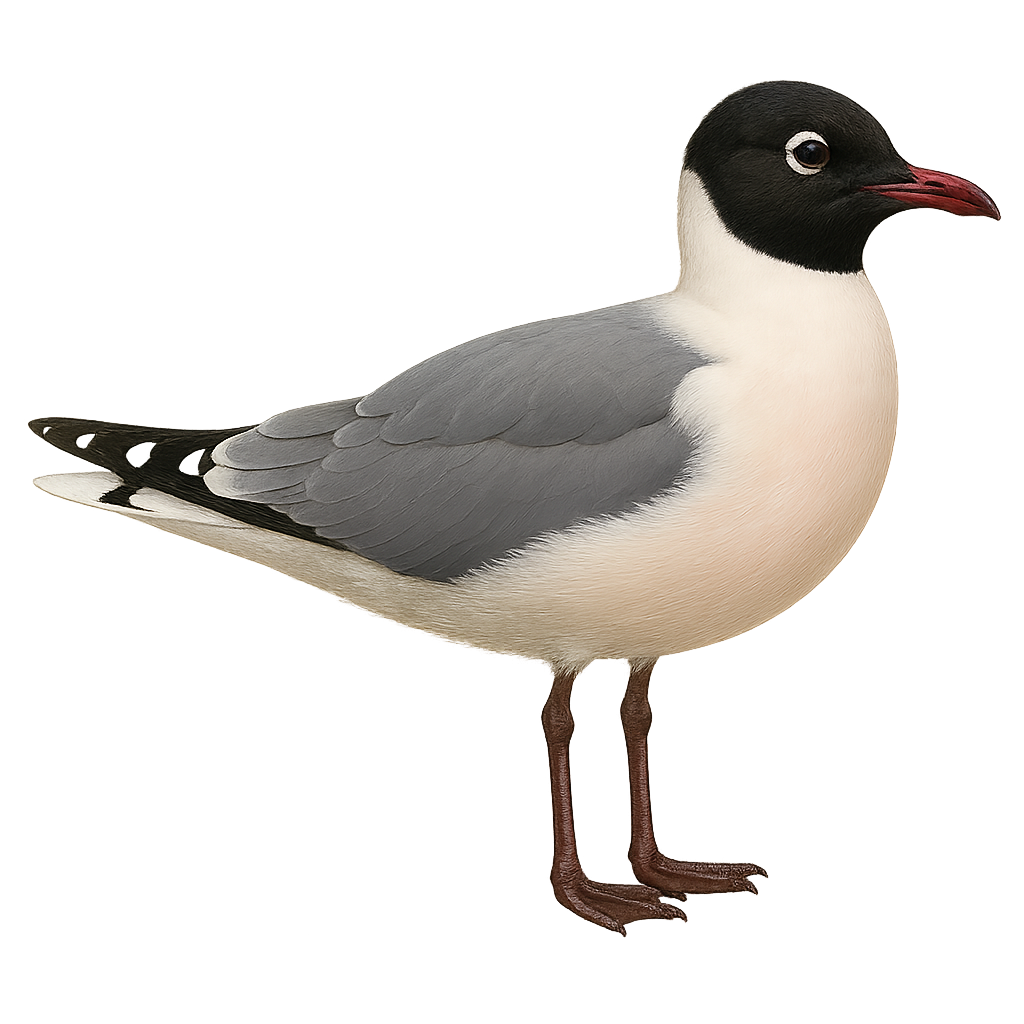Your wildlife photography guide.
Explore the franklin's gull in detail, study its behavior, prepare your shots.
Where to observe and photograph the franklin's gull in the wild
Learn where and when to spot the franklin's gull in the wild, how to identify the species based on distinctive features, and what natural environments it inhabits. The WildlifePhotographer app offers tailored photography tips that reflect the franklin's gull’s behavior, helping you capture better wildlife images. Explore the full species profile for key information including description, habitat, active periods, and approach techniques.
Franklin's Gull
Scientific name: Leucophaeus pipixcan

IUCN Status: Least Concern
Family: LARIDAE
Group: Birds
Sensitivity to human approach: Suspicious
Minimum approach distance: 10 m
Courtship display: May to June
Incubation: 23-25 jours
Hatchings: June to July
Habitat:
marshes, shallow lakes, flooded prairies
Activity period :
Primarily active during the day, with peak activity in the morning and late afternoon.
Identification and description:
The Franklin's Gull, Leucophaeus pipixcan, is a medium-sized bird known for its black head during the breeding season, red bill, and red legs. Its plumage is mainly white with gray wings and black wingtips. Often seen in large flocks, especially during migration, it originates from the North American prairies and migrates to South America for the winter. It primarily feeds on insects, small fish, and crustaceans, catching them in flight or while swimming. The Franklin's Gull is known for its sharp calls and graceful flights. It nests in colonies in marshes and shallow lakes, building floating nests with aquatic vegetation.
Recommended lens:
400mm – adjust based on distance, desired framing (portrait or habitat), and approach conditions.
Photography tips:
To photograph the Franklin's Gull, choose the golden hours of morning or evening for soft, flattering light. Use a 400mm lens or longer to capture precise details without disturbing the bird. Stay at least 10 m away to avoid scaring it. Observe its behaviors, especially its group flights and characteristic calls, to anticipate its movements. A tripod can be useful for stabilizing your camera during extended shooting sessions.
The WildlifePhotographer App is coming soon!
Be the first to explore the best nature spots, track rutting seasons, log your observations, and observe more wildlife.
Already 1 431 wildlife lovers subscribed worldwide

